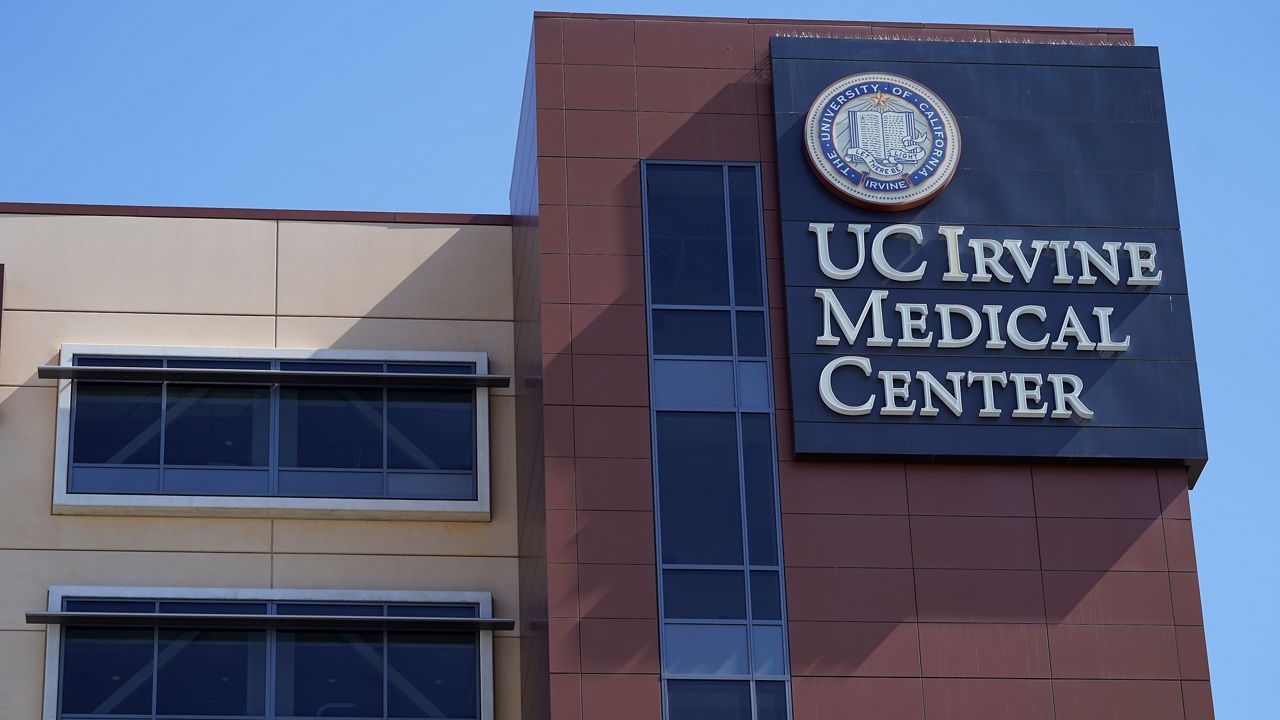IRVINE, Calif. — When the coronavirus spread to the entire globe, the world knew what scientists understood for years: a pandemic would one day grip the world.
Animals in proximity to humans and air travel meant a virus could quickly speed around the world. Finally, in March 2020, it did.
The University of California, Irvine, celebrated a select group of scientists Friday who helped curb the spread and were part of an accelerated clinical process that had begun nearly 60 years before.
“It is a day to celebrate but also a day to celebrate our gratitude,” said Douglas Freeman, a co-founder and executive director of the Celebration of Heroes in Conversation panel.
The event brought together a series of accomplished veterans of vaccine research and other subjects essential to the rollout of the vaccines.
Th panel included Philip Felgner, an administrator wearing several hats including that of director of the UCI vaccine research and Development Center. And Drew Weissman, a professor of medicine and director of vaccine research for infectious diseases, was also in attendance.
The panel covered how mRNA research began, why it helped speed the process for the vaccines and what that might mean for the future.
“We know a lot about coronaviruses. They’ve been studied for 40 years,” Weissman said. “But there’s a lot we still don’t know about the clinical disease. We’re learning. Clinicians are studying and we will have the answers.”
The biggest question, in some ways, has already been answered. Presidents have, for years, attempted to build a pandemic response, funneling resources into an apparatus that never materialized.
The panel, Friday, explained how that apparatus developed, and the growth of a collaborative effort between academics of many disciplines and corporate scientists. They all came together to produce vaccines for the public and establish a pipeline for future medications.
Weissman said the pandemic was a proof of concept for mRNA, which is essentially a more efficient delivery system for vaccines. The pandemic forced a commitment of resources and production that isn’t going away. As new strains loom, Weissman expects new products could arrive in 10 months if necessary.
The pandemic also gave rise to many other vaccine advances, catapulting early stage trials for HIV and other drugs forward. The pandemic was an effective road test for the technology. Now, Weissman expects new vaccines using the mRNA to arrive to market regularly.
The public may need new coronavirus medications, too. Case rates have jumped in some areas of the country and the omicron BA.2 variant appears to spread more quickly than early versions.
The country is no longer as unprepared as it was, boasting an experienced manufacturing industry and polished, tested technologies that can protect the population from illness.
But Friday was about celebration more than it was a look forward to what dangers may lie ahead. Freeman pointed to the scientists, to technicians who became ill while the air born virus was still new and barely understood, and frontline health care workers and service industry professionals.
“Science and the scientists have created an amazing miracle,” Freeman said.



